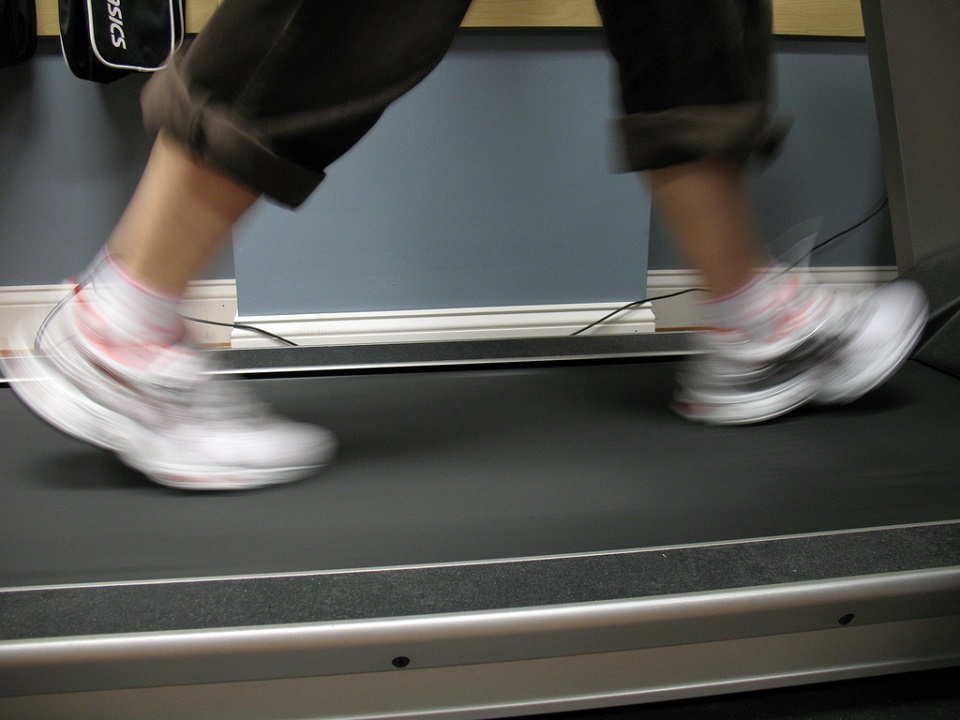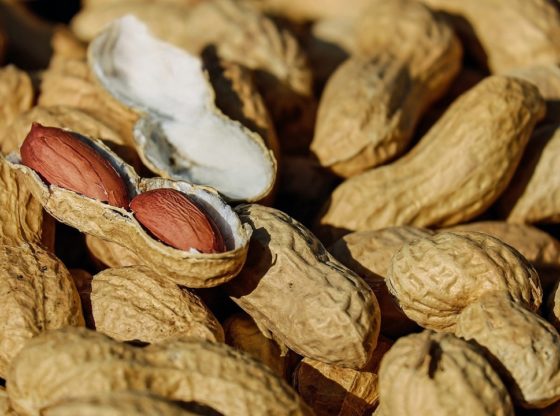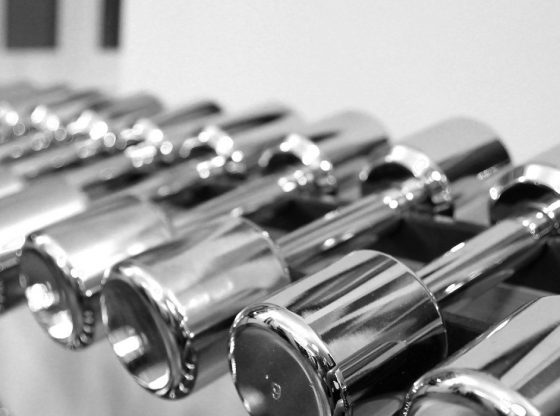
Whey protein is a popular nutritional supplement among both professional and amateur athletes. Whey protein is derived from milk, and make up approximately 20% of the protein in milk, by weight. The other percent is made up of another protein called casein.
There are numerous studies on the effects and the contribution of whey protein in relation to both cardiovascular and weight training exercise exertion. This new study is another one on the same topic.
This study confirms what has been previously been indicated by other studies. That whey protein significantly improves recovery when taken in conjunction with exercise. The researchers note that “subjects that consume a whey protein supplement before and after a resistance training session have a significantly greater improvement in exercise recovery 24- and 48-hours post-exercise than subjects ingesting a placebo.”
The purpose of this study was to examine the efficacy of pre- and post-exercise whey protein ingestion on recovery from an acute resistance training session.
Fifteen male strength/power athletes volunteered to participate in this study. Subjects were randomly divided into a supplement (S; n = 7, 19.7 ± 1.5 y, 185.4 ± 3.9 cm, 96.4 ± 11.9 kg) or a placebo (P; n = 8, 20.0 ± 1.1 y, 176.7 ± 8.5 cm, 85.8 ± 12.0 kg) group. Subjects reported to the Human Performance Laboratory (HPL) on four separate occasions. On the first visit, subjects were tested for maximal strength (1-RM) on the squat exercise. On their second visit (T2) subjects performed a lower body resistance exercise training session that consisted of four sets of the squat, dead lift and barbell lunge exercises. The rest interval between each set was 90 seconds. Each set was performed with 80% of the subject’s previously measured 1-RM. Subjects were required to perform no more than 10 repetitions for each set. The supplement (42 g of whey protein; marketed as New Whey Liquid Protein by IDS Sports, Oviedo, FL) or placebo (maltodextrin) was consumed 10 min prior to the exercise session and 15 min following the workout. Subjects then reported back to the HPL 24-(T3) and 48-hours (T4) post-exercise. During these visits subjects performed four sets of the squat exercise, using the same loading pattern and rest interval. Similar to T2, subjects consumed either the supplement or placebo before and 15 min following the exercise session. Lower body power during each squat protocol was measured with a Tendo™ Power Output unit, which consists of a transducer attached to the end of the barbell measuring linear displacement and time. Both peak and mean power was recorded for each repetition.
No difference was seen in the 1-RM between S (153.6 ± 23.0 kg) and P (152.8 ± 22.2 kg), and no differences were seen between the groups in the number of repetitions performed in the squat exercise during T2 (33.3 ± 6.0 and 33.8 ± 7.4, respectively). During T3, subjects in P performed 9.5 ± 5.5 repetitions less than on T2, whereas subjects in S performed 3.3 ± 3.6 repetitions less than on T2. This difference was significant (p < 0.05). During T4, subjects in P performed 10.5 ± 8.2 repetitions less than on T2, whereas subjects in S performed 2.3 ± 2.9 repetitions less than on T2. This difference was significant (p < 0.05) as well. A trend (p = 0.09) in Δ mean power was seen between T2 and T3 between S (-47.7 ± 67.2 W) and P (-126.3 ± 167.1 W).
____________________________________________
Effects of a pre- and post-exercise whey protein supplement on recovery from an acute resistance training session. Journal of the International Society of Sports Nutrition 2008, 5(Suppl 1):P6.
http://www.jissn.com/content/5/S1/P6
______________________











![OpenAI. (2025). ChatGPT [Large language model]. https://chatgpt.com](https://www.illustratedcuriosity.com/files/media/55136/b1b0b614-5b72-486c-901d-ff244549d67a-350x260.webp)
![OpenAI. (2025). ChatGPT [Large language model]. https://chatgpt.com](https://www.illustratedcuriosity.com/files/media/55124/79bc18fa-f616-4951-856f-cc724ad5d497-350x260.webp)
![OpenAI. (2025). ChatGPT [Large language model]. https://chatgpt.com](https://www.illustratedcuriosity.com/files/media/55099/2638a982-b4de-4913-8a1c-1479df352bf3-350x260.webp)








